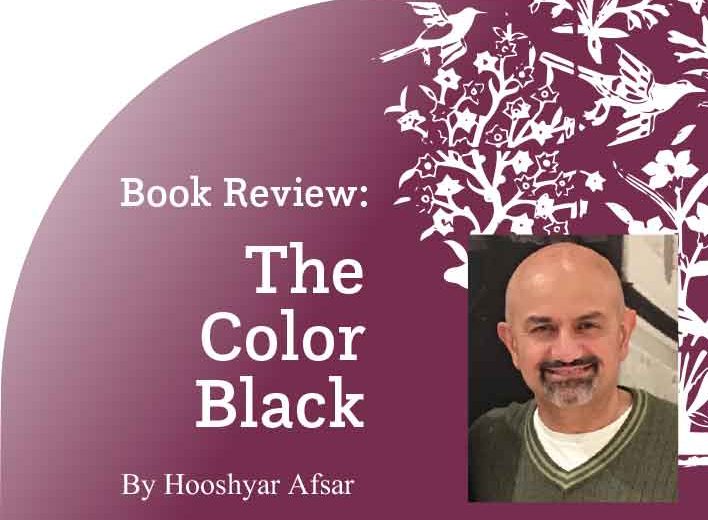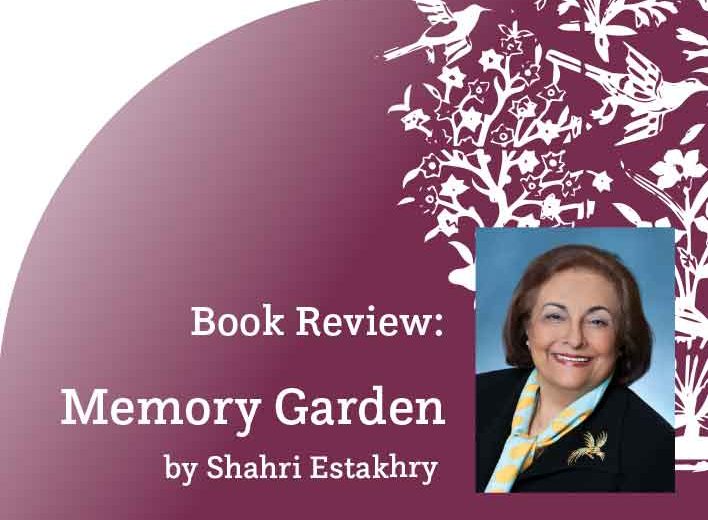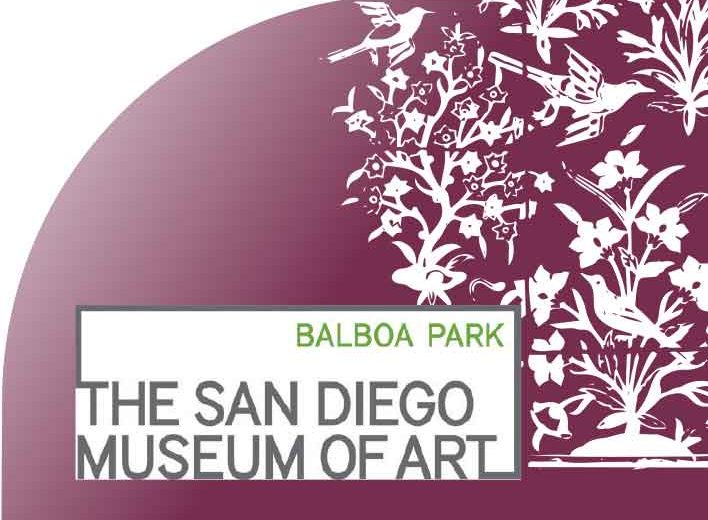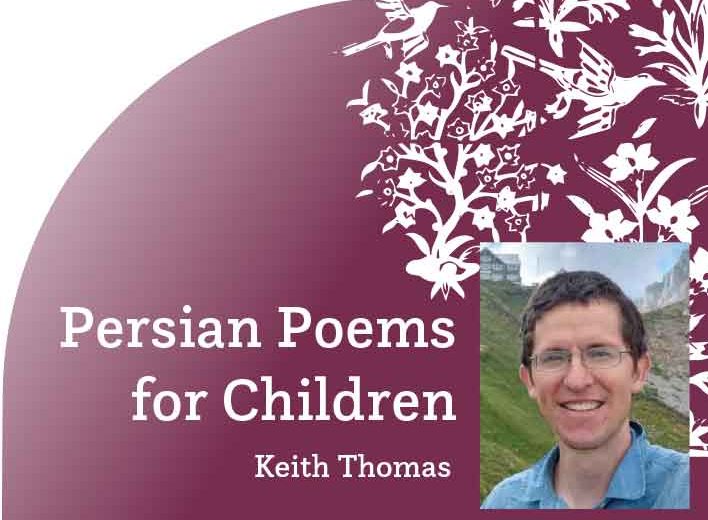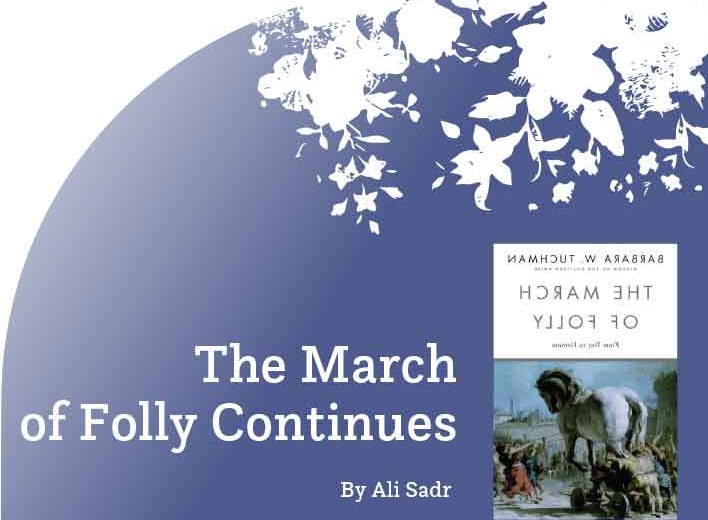Yalda and Worldwide Winter Solstice Celebrations
By Leily Rezvan
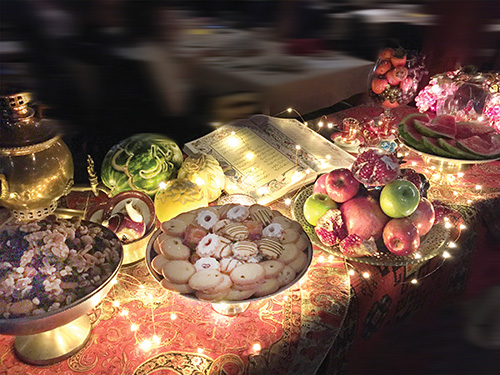 Celebration and the Iranian culture are synonymous. From Char-Shambeh-Soori to Tirgan to Mehregan, celebrations are very apparent in Iranian culture. Shabe-Yalda is no exception. In Persian, “Yalda” means birth and, in the religion Mithraism, the sun-god was believed to have been born on December 21. The holiday brings friends and family together to celebrate through food, music, poetry, and many other traditions.
Celebration and the Iranian culture are synonymous. From Char-Shambeh-Soori to Tirgan to Mehregan, celebrations are very apparent in Iranian culture. Shabe-Yalda is no exception. In Persian, “Yalda” means birth and, in the religion Mithraism, the sun-god was believed to have been born on December 21. The holiday brings friends and family together to celebrate through food, music, poetry, and many other traditions.
As many Iranians know, Shabe-Yalda’s significance extends beyond merely recognizing the longest night of the year. It marks 90 days before the new year and 180 days before the summer solstice. More importantly, it is a time when many people from many backgrounds gather together. Grandparents recount stories of their youth to their grandkids while others eat specific foods in light of their superstitions, such as watermelon to ensure health during warm months. The red color of fruits and nuts symbolizes the hue of dawn and the radiance of life. Watermelon signifies the farewell of the warmer months while pomegranate represents the beginning of the colder months.
While Christmas is thought to be the largest winter celebration, possibly due to its amount of advertising, many cultures celebrate the winter solstice in their own unique way. For instance, the Hopi Indians of northern Arizona celebrate Soyal through prayer sticks, dancing, and spiritual rituals to welcome Kachina, protective mountainous spirits. As the winter solstice is on June 21 in countries below the equator, Peruvians celebrate the Inca Sun god with a feast. Although the Spaniards banned the celebrations after the conquest, it is still widely observed. Saturnalia, the ancient Roman festival, was a celebration similar to modern-day Christmas festivities. Not only does the holiday mark the beginning of winter, but it also symbolizes the end of the planting season. During the week-long celebration, slaves were treated as equals, historically significant. Winter is celebrated by people on all seven continents, including Antarctica. On December 21, researchers celebrate the beginning of winter by cooking large feasts, watching films, and giving each other handmade gifts. Lastly, Scandinavians celebrate St. Lucia’s Day, a festival of lights, to honor St. Lucia, a Christian martyr. On this day, Scandinavians light fires to divert evil spirits and women wear white dresses with red sashes and wreaths with candles to honor St. Lucia.
Aside from the values of togetherness, generosity, family, and warmth, Yalda and Christmas have similarities. For example, the lyrics from Judy Garland’s popular Christmas song, Have Yourself A Merry Little Christmas, “faithful friends who are dear to us/ gather near to us once more,” are widely recognized on Shabe-Yalda. Although Shabe-Yalda is supposed to be the longest and darkest night of the year, it is very festive and bright. Shabe-Yalda is another example of a great holiday Iranians from various economic backgrounds, ages, generations, and faiths gather together to celebrate. There is something special about the coldness of the season that moves people across the world to warm each other with compassion and care and spend hours with the people they love.
.


